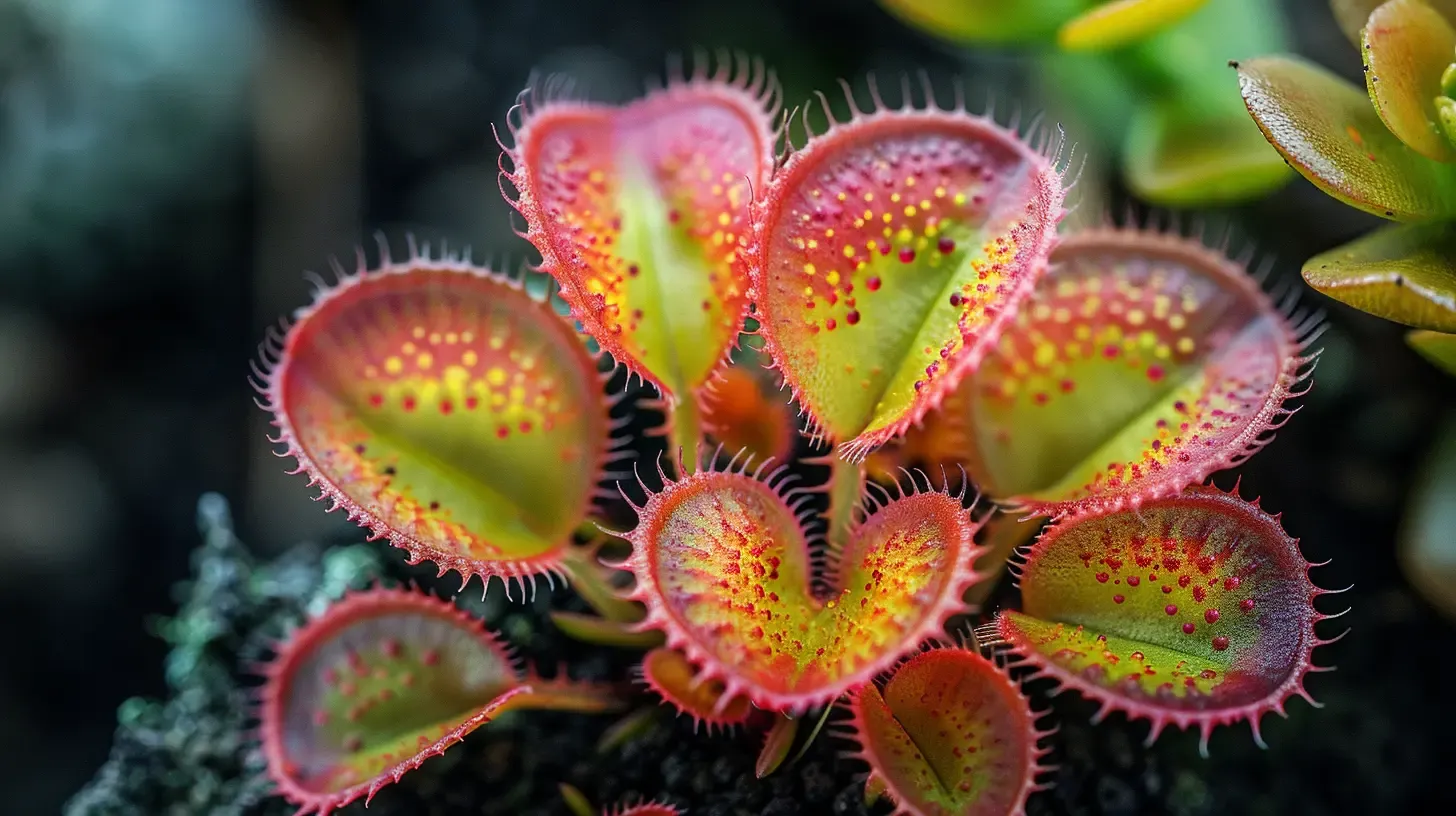29 February 2024
Unleashing Nature's Trap: How Carnivorous Plants Revolutionize Pest Control.

Press the play button in the top right corner to listen to the article
Carnivorous plants, with their unique ability to lure, capture, and digest insects, stand at the forefront of natural pest control solutions. These remarkable plants have evolved over millions of years to derive nutrients from their prey, playing a pivotal role in controlling pest populations, including mosquitoes and flies, without resorting to chemical pesticides.
The mechanisms carnivorous plants employ are as varied as they are ingenious. The Venus Flytrap, for example, uses modified leaves that snap shut on unsuspecting insects, while pitcher plants drown their prey in a pool of digestive fluids. Sundews capture insects with sticky, glandular hairs that both attract and ensnare. These adaptations not only serve the plants' nutritional needs but also offer an eco-friendly alternative to managing pests.
The benefits of integrating carnivorous plants into pest management strategies are significant. They provide a sustainable way to reduce the populations of harmful insects, particularly mosquitoes and flies, which are vectors for disease and contamination. These plants can be utilized in gardens, greenhouses, and indoors, adding aesthetic value while fulfilling a practical function. Especially in areas where chemical pesticides are undesirable or prohibited, carnivorous plants offer an appealing solution.
However, their use in pest control is not without challenges. Success depends on selecting the right species for the specific pests and creating the optimal conditions for the plants to thrive. Most carnivorous plants require high humidity and plenty of sunlight, conditions that can be met in controlled environments like greenhouses but may require adjustment when grown indoors or in gardens.
Beyond their practical applications, carnivorous plants play essential roles in their natural ecosystems, such as the bogs and wetlands where many species are native. Here, they contribute to insect population control, demonstrating the potential for these plants to be part of broader ecological pest management strategies.
The educational value of carnivorous plants is another aspect worth highlighting. They provide a fascinating entry point for learning about evolution, adaptation, and ecology, engaging both children and adults in the wonders of the natural world.
While carnivorous plants are not a panacea for all pest problems, incorporating them into a comprehensive pest management plan can reduce reliance on chemical pesticides. This approach aligns with a growing interest in sustainable, environmentally friendly pest control methods, showcasing the incredible adaptability of nature and offering a unique solution to a common challenge.
In summary, carnivorous plants offer a compelling, sustainable alternative to traditional pest control methods. By understanding and leveraging their natural behaviors and ecological roles, we can harness these living traps to reduce pest populations in an eco-friendly manner, fostering healthier environments and a deeper appreciation for the complexity of nature.
The content, including articles, medical topics, and photographs, has been created exclusively using artificial intelligence (AI). While efforts are made for accuracy and relevance, we do not guarantee the completeness, timeliness, or validity of the content and assume no responsibility for any inaccuracies or omissions. Use of the content is at the user's own risk and is intended exclusively for informational purposes.
#botnews















































































